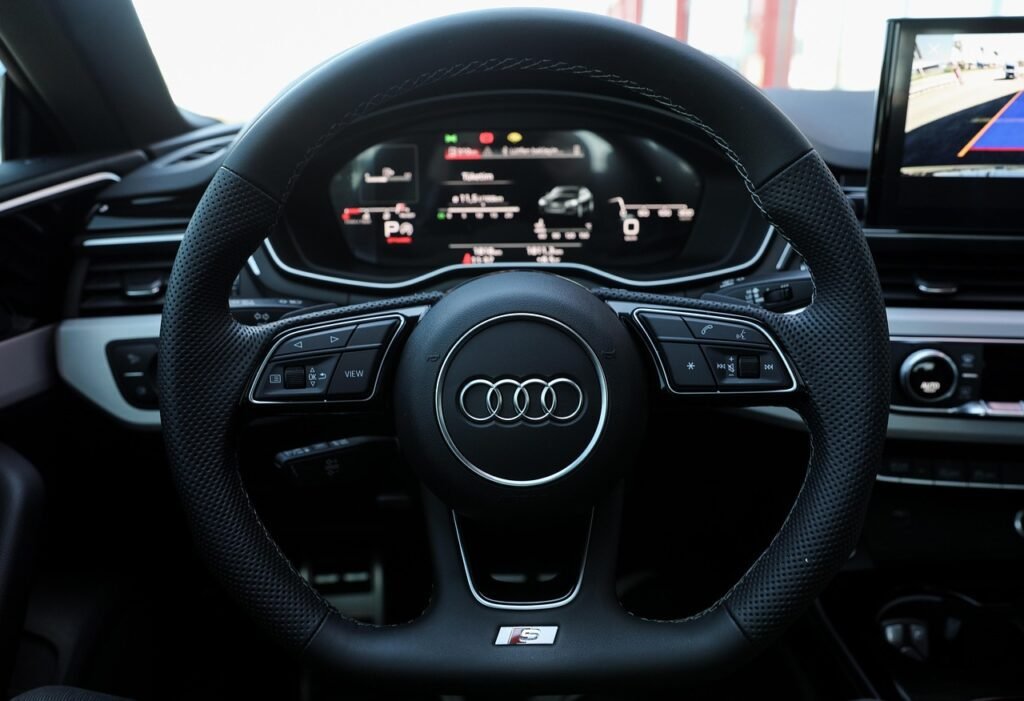How 2025’s Affordability Crisis Affects Dealerships (and How Savvy Buyers Can Adapt)
2025 is a year of complex challenges for the automotive industry, but the single biggest theme dominating the market is the affordability crisis.
From the F&I office to the showroom floor, dealers are grappling with a new reality where higher interest rates, stubborn vehicle prices, and strained consumer budgets are reshaping every transaction. What does this mean for a dealership’s strategy, and more importantly, how can you, the savvy consumer, leverage this knowledge to your advantage?
As an industry veteran with 25 years in finance and auditing and 16 years as a Finance Manager, Director, and General Sales Manager at Acura and Mazda dealerships, I’ve seen these cycles before. This isn’t just a tough market—it’s a critical moment that separates the most strategic dealers from the rest.
Let’s break down the hidden impacts of the affordability crisis and what it means for everyone involved.

1. The Numbers Behind the Crisis
The current affordability crisis is more than just a feeling; it’s a measurable reality driven by these key factors:
- Higher Payments: The average new car payment is now $745 per month, with used car payments at $521 per month. This is a significant monthly burden for many households.
- Stretched Loan Terms: While monthly payments are high, loan terms continue to stretch. New car loans now average 68.6 months, and used cars are just slightly less at 67.2 months. This means consumers are in debt longer and paying more total interest.
- Elevated Interest Rates: The average interest rate for new car loans sits at 6.73%, while used car loans are even higher at 11.87%, making borrowing costs substantial, especially for those with less-than-perfect credit.
- Surging Delinquencies: Auto loan delinquencies are hitting multi-year highs across both subprime and prime borrowers, signaling widespread financial strain. This makes lenders more cautious.
2. The Impact on Dealership Operations
For dealership leaders, the affordability crisis creates a ripple effect that touches every part of the business:
- Tighter Credit Box: My background in finance and auditing taught me that when risk rises, lenders tighten their criteria. The days of loose lending standards are over. Dealerships must now work harder to get applications approved, especially for near-prime and subprime buyers.
- F&I Product Challenges: As loan payments consume a larger share of a consumer’s budget, the F&I office faces resistance when presenting add-ons like extended warranties, GAP insurance, or service contracts. The consumer is more focused on the core monthly payment than protecting their investment, putting F&I profit margins under pressure.
- Slower Inventory Turn: With higher prices and payments, a dealership’s inventory can sit longer, increasing carrying costs. I’ve seen in my time as a General Sales Manager that this requires a more aggressive pricing strategy and a willingness to accept thinner profit margins on certain vehicles.
- Shift to Used Cars: Affordability challenges in the new car market are driving consumers toward used cars. This creates a highly competitive wholesale market for dealers to acquire quality used inventory, but it also means there’s opportunity to sell more used vehicles.

3. The Opportunity for the Strategic Dealership
In my experience, tough markets don’t sink great dealerships; they reveal them. Here’s how the best are adapting:
- Embrace a “Used-First” Mindset: The focus is shifting to building a strong, diverse used car inventory to meet demand. The most strategic GMs are sourcing vehicles through aggressive trade-in campaigns and smarter auction buying.
- Credit Segmentation & Education: Instead of a one-size-fits-all approach, dealers are using a more granular understanding of credit tiers. They’re also taking on an educational role, helping customers understand their credit profile and what it means for their loan options.
- Optimize the F&I Presentation: My years in the F&I office taught me that you can’t just present a menu of products. You must focus on value and affordability. By offering creative bundles or explaining how a product can protect them from a far larger future expense, you can still deliver value.
- Transparency as a Tool: In a high-pressure market, transparency builds trust. The best dealerships are open about fees, interest rates, and loan structures, which forges a stronger relationship with customers who feel financially vulnerable.
4. How Savvy Consumers Can Adapt & Win
The affordability crisis is your opportunity to gain a huge advantage as a buyer. Here’s what you need to do:
- Get Pre-Approved: With lenders being more cautious, walking into a dealership with a solid pre-approval in hand is more powerful than ever. It puts you in the driver’s seat and removes the guesswork from financing.
- Focus on the Total Cost: Don’t get fixated on a monthly payment. With longer loan terms and higher interest rates, look at the total interest paid over the life of the loan.
- Negotiate the Whole Deal: My time as a General Sales Manager taught me that in this market, every aspect is a point of negotiation. Be prepared to negotiate the vehicle price, the interest rate, and your trade-in value separately. The dealership needs your business, and you have leverage if you’re prepared.

Conclusion: Beyond the Crisis
The automotive affordability crisis of 2025 is reshaping the industry for both dealerships and consumers. While it presents significant challenges, it also creates an environment where knowledge, strategy, and preparation are more valuable than ever.
By understanding these market dynamics, you can navigate the current climate with confidence, securing a deal that works for you, not just the dealership.
Ready to master your next car purchase?
Start Comparing Your Auto Loan Rates from Multiple Lenders Now! – Find Best Rate
Also check The Insider’s guide to Best Auto Loan Rates in 2025
